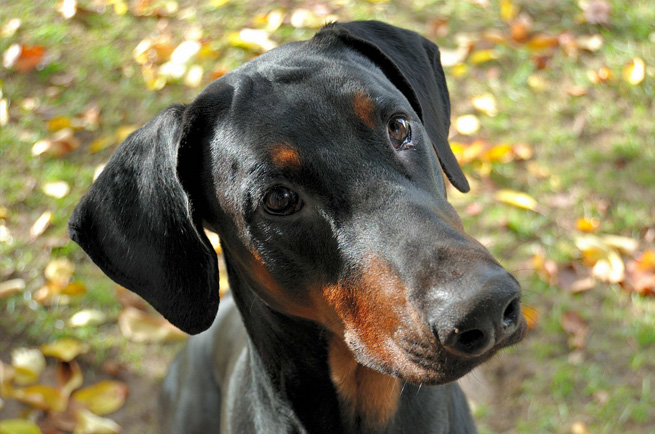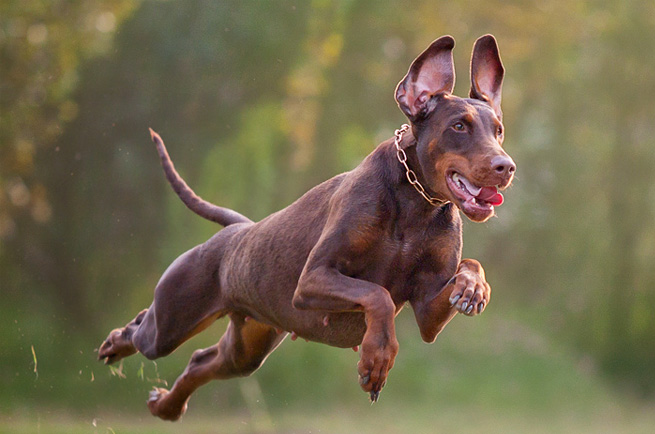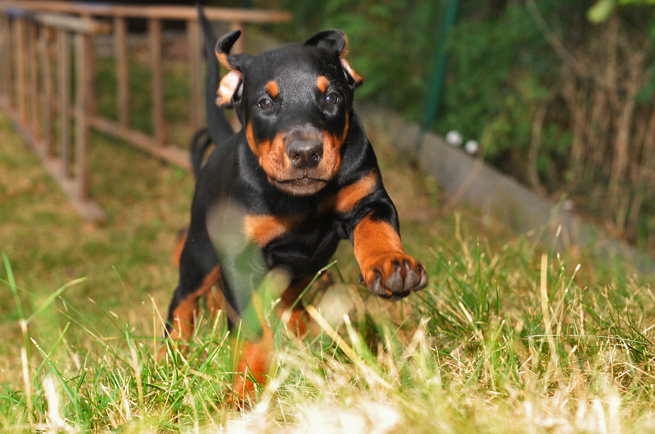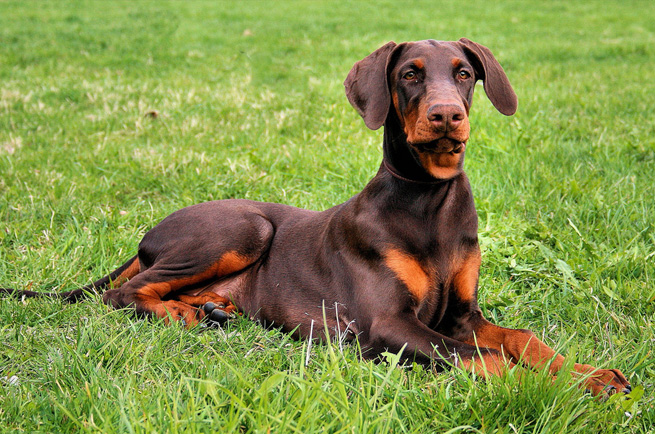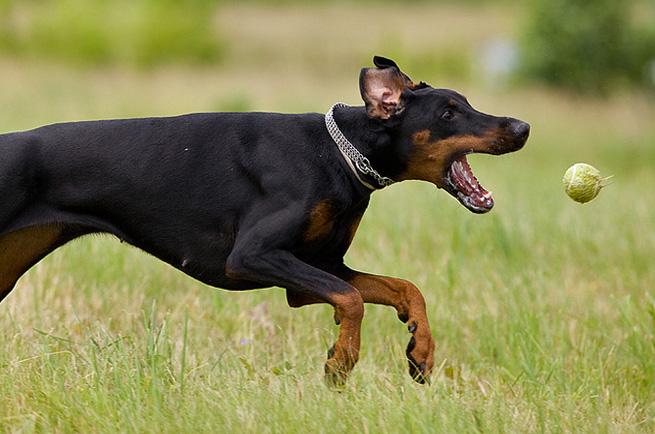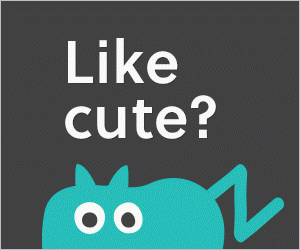Dobermann Pinscher
The Dobermann Pinscher is a large and powerful beast that carries itself with an air of grace and elegance. They have a smooth, short coat and can come in various colours though most have tan markings. The Dobermann Pinscher is built for speed and endurance, a little like a racing horse, and their square body allows them a propulsive powerful drive through their hind legs. They have a vigorous but balanced gait with broad strides.
Brown, black, blue or fawn (also known as Isabella) but all will come with tan markings.
10-12 years
A large and athletic dog the Dobermann Pinscher can be done to bloating and should not be fed within an hour of exercising. Puppies will require a highly nutritious diet for at least the first few years as they grow and develop rapidly. Two meals per day is preferable to ensure your Dobie has adequate energy over the day.
comments powered by Disqus

